Ugni blanc is a popular grape variety, actively used in the production of fresh, high quality wines. It has a significant presence in Italy, where it is known as Trebbiano. It is also widespread in France, known by the name Saint Emilion as well. It is grown in Canada, the US (California), Argentina, Spain, Portugal, Mexico, South Africa, Greece and Moldova.
Ugni blanc has an oval and wide pedate leaf. The surface is covered in fuzz. On it you can find large triangular serrations. At first, the leaf is greenish but with the onset of the fall months begins to yellow. The flowers of this variety are bisexual. The grape cluster is relatively large, cone-shaped.
It has a not-so-long, thick stem that is tough and hard. You will recognize ugni blanc by its greenish, almost yellow seeds. They are miniscule and oval. The flesh is juicy, with an unobtrusive taste. It is covered with a transparent, tough flesh. The grapes yield quality white table wines and wine distillates. Very often it is used in blended wines. In France, it is highly widespread in the Cognac commune. The material is used in the production of the famous French cognac.
Ugni blanc grows best in sandy-clay soils. Thanks to them, this variety unleashes its fullest potential. It is among the wine varieties that ripen relatively late. Typically, the vine harvest occurs in the first days of October. If ugni blanc is cultivated in the right conditions, it grows quickly. High yields are also typical of it. On average, 0.1 hectares give up to 3310 lb (1500 kilograms) of grapes.
Once it matures enough for consumption, ugni blanc contains about 20% sugars. Its acidity is also high at that time. An upside to ugni blanc is that droughts do not affect it. However, low temperatures do not have a positive impact on it and it can freeze if exposed to such. Another positive trait to ugni blanc is that the seeds do not crack and hardly ever rot.
History of Ugni Blanc
There is serious debate as to the country of origin of ugni blanc. Some say it is France, although extensive plantations of it do exist in Tuscany, leading many to believe that that is where its roots should be sought. Ugni blanc is of the varieties with a centuries' long history. It was known to people as far back as Roman Times. Its official description was done much later on.
Old chronicles indicate that it was described at the beginning of the 14th century by the Italian botanist Pierre Crechentsi. As time went on, the variety that was once popular only in France and Italy gained wide fame and was exported to many other countries. In the past it was believed that adding this variety to certain red wines enhanced their color qualities and extended their shelf life. Today, however, winemakers are not of the same opinion.
Characteristics of Ugni Blanc
Ugni blanc gives light, fine and fresh wines that possess an unobtrusive flavor with flavorful nuances. The soft, refined and balanced taste is quickly picked up by any wine lover. The color of ugni blanc is light to hay yellow. In some of the wines, one may notice certain fruit tinges, reminiscent of lemon or grapefruit. The quality does not improve with aging and therefore it is not recommended.
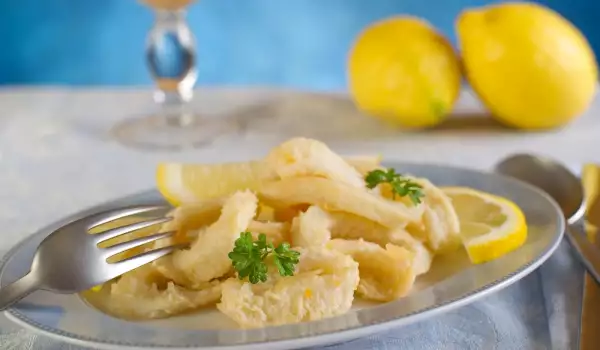
Serving Ugni Blanc
If you've decided to serve several types of wine in one night, it's best to start off with the light ones. Following this rule, ugni blanc must be served first. When serving, the temperature of the wine needs to be about 50°F (9°C). Serve the wine in glasses, specifically chosen for light and young wines. The tulip type glass is perfect. You will know it by its rim, that protrudes out smoothly. This type of glass is a bit elongated so that the delicate flavor does not escape too quickly. When pouring in the alcoholic beverage, fill the glass up 2/3 or halfway, not up to the top.
The wonderful thing about ugni blanc is that it combines excellently with various foods. The drink is a faithful companion to exquisite specialties, as well as dishes affordable by any budget. Dishes with fish and crustaceans are a superb choice. Not so long ago, scientists proved that white wines are the most suitable alcohol when eating fish and seafood. According to the study, white wine improvements the taste of fish, while red wine undermines it and even leaves an unpleasant taste in the mouth.
Among the most appetizing additions to white wine are sauteed fish with boiled vegetables, fish with leeks and thyme, fish with dairy sauce and fish with parsley in the oven. You can combine ugni blanc with Russian-style boiled crabs, crab souffle, crab salad or tomatoes stuffed with crabs and mayonnaise.
Some chefs boldly combine this type of wine with different cheeses. Hard and aromatic goat cheeses are preferred. According to many, the wine can be consumed with various vegetable salads with fresh veggies or pasta. The wine is recommended to be seasoned with saffron, thyme, marjoram or basil.

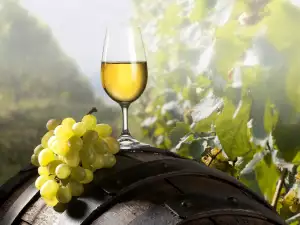


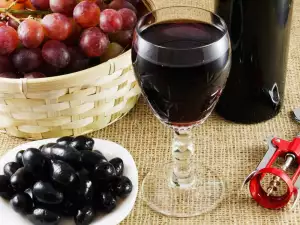
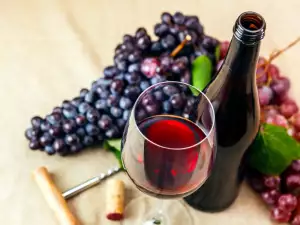







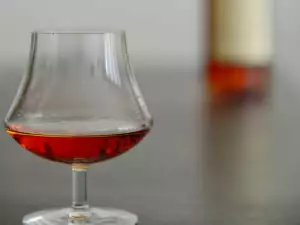


Comments